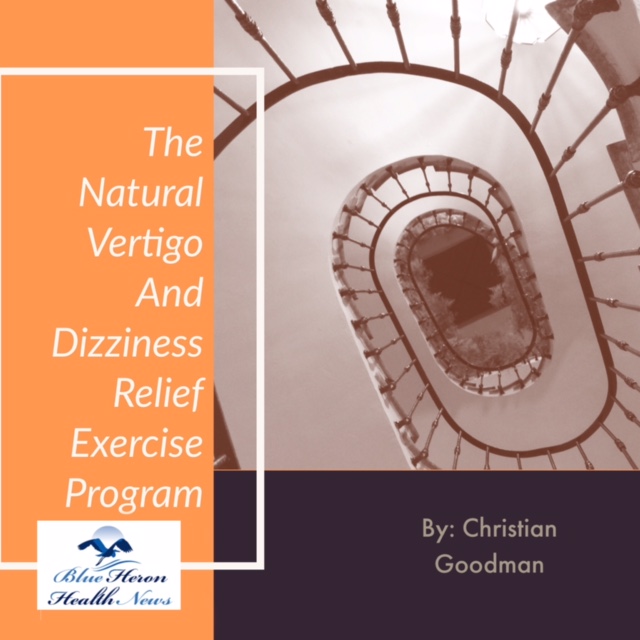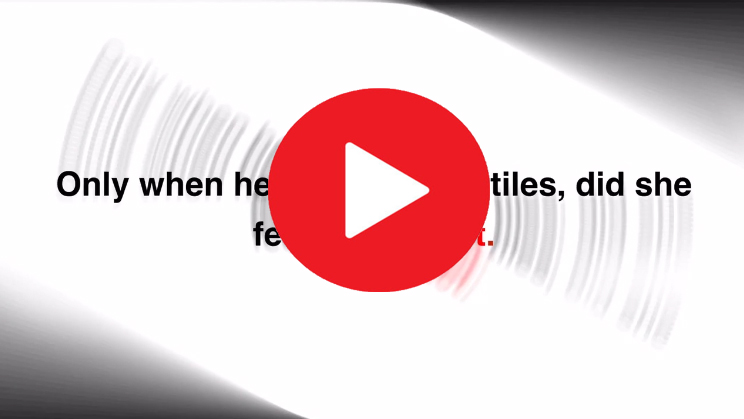
The Vertigo And Dizziness Program™ By Christian Goodman Vertigo and Dizziness Program is a designed to help stop vertigo and dizziness once and for all. Medical practitioner don’t know the exact cure for this condition but this program will show you exactly what you need to make this painful condition a thing of the past. This program has recommended a set of simple head exercises that help cure this condition.
Diagnosis of vertigo
Diagnosis of Vertigo
Diagnosing vertigo involves a thorough evaluation by a healthcare provider to determine the underlying cause. The diagnostic process typically includes a detailed medical history, physical examination, and various tests to assess the function of the vestibular system (the part of the inner ear that helps control balance) and other related systems. Here’s an overview of the steps involved in diagnosing vertigo:
1. Medical History
The first step in diagnosing vertigo is obtaining a comprehensive medical history. The healthcare provider will ask questions to understand the nature of the vertigo, including:
- Description of Symptoms:
- What does the vertigo feel like (e.g., spinning, tilting, swaying)?
- How long do the episodes last (seconds, minutes, hours, or days)?
- How often do the episodes occur (daily, weekly, occasionally)?
- Are there any associated symptoms (e.g., hearing loss, tinnitus, nausea, vomiting, headaches, visual disturbances)?
- Triggers:
- Are there specific movements or positions that trigger the vertigo (e.g., turning the head, lying down, standing up)?
- Does vertigo occur after certain activities or in specific environments (e.g., loud noises, bright lights)?
- Medical and Family History:
- Any history of ear infections, head injuries, migraines, or neurological disorders.
- Family history of similar symptoms or conditions (e.g., Meniere’s disease, migraines).
- Medications:
- A list of current medications, as some drugs can cause vertigo as a side effect.
2. Physical Examination
The physical examination focuses on assessing balance, coordination, eye movements, and hearing. Key components of the exam include:
- Balance and Coordination Tests:
- Romberg Test: The patient stands with feet together, arms at the sides, and eyes closed. The examiner checks for swaying or imbalance.
- Tandem Walking: The patient walks in a straight line, placing one foot directly in front of the other. Difficulty with this task may indicate vestibular dysfunction.
- Head Impulse Test: The examiner moves the patient’s head rapidly to one side and observes the eyes’ ability to stay focused on a fixed target. Abnormal eye movements can indicate a vestibular problem.
- Eye Movement Tests:
- Nystagmus: The examiner checks for nystagmus (involuntary eye movements) by asking the patient to follow a target with their eyes. Nystagmus can indicate vestibular dysfunction or a central nervous system issue.
- Gaze Testing: The examiner asks the patient to look in different directions while observing eye movements for abnormalities.
- Hearing Tests:
- Whisper Test: The examiner whispers words or numbers and asks the patient to repeat them, testing hearing ability.
- Tuning Fork Tests: The Rinne and Weber tests use a tuning fork to assess hearing and differentiate between conductive and sensorineural hearing loss.
3. Positional Tests
Positional tests are used to diagnose conditions like Benign Paroxysmal Positional Vertigo (BPPV), which is characterized by brief episodes of vertigo triggered by changes in head position.
- Dix-Hallpike Maneuver:
- The patient is seated, and the examiner rapidly moves the patient from a sitting to a lying position with the head turned to one side. The examiner watches for nystagmus and asks the patient about the onset of vertigo. A positive test (nystagmus and vertigo) suggests BPPV.
- Roll Test:
- The patient lies flat on their back, and the examiner rapidly turns the head to one side and then the other. This test helps identify horizontal canal BPPV.
4. Imaging Studies
Imaging studies are typically reserved for cases where there is concern about central causes of vertigo (e.g., stroke, tumor) or when initial evaluations are inconclusive.
- Magnetic Resonance Imaging (MRI):
- An MRI scan of the brain and inner ear is used to detect abnormalities such as tumors, stroke, multiple sclerosis, or other central nervous system disorders that could cause vertigo.
- Computed Tomography (CT) Scan:
- A CT scan may be used to evaluate the bony structures of the ear and surrounding areas, especially if there is a suspicion of fractures or structural abnormalities.
5. Specialized Tests
Additional specialized tests may be conducted to further evaluate the vestibular system and related functions:
- Electronystagmography (ENG) or Videonystagmography (VNG):
- These tests record eye movements to evaluate the function of the inner ear and vestibular system. They help identify abnormal eye movements (nystagmus) and determine whether the vertigo is peripheral (inner ear) or central (brain).
- Caloric Testing:
- Part of the ENG/VNG test battery, caloric testing involves introducing warm and cold water or air into the ear canal to stimulate the inner ear. The resulting eye movements are measured to assess the function of each ear.
- Rotary Chair Testing:
- This test involves seating the patient in a motorized chair that rotates at varying speeds. Eye movements are recorded to evaluate the vestibular system’s response to motion.
- Vestibular Evoked Myogenic Potentials (VEMP):
- VEMP tests assess the function of the otolith organs (saccule and utricle) in the inner ear by measuring muscle responses to sound or vibration stimuli.
- Posturography:
- This test evaluates balance by measuring the patient’s ability to maintain balance under various conditions, such as standing on a moving platform or in different visual environments.
Conclusion
The diagnosis of vertigo involves a combination of medical history, physical examination, and specialized tests to determine the underlying cause. Proper diagnosis is crucial for effective treatment, as vertigo can result from various conditions ranging from benign inner ear issues to more serious neurological disorders. If you experience persistent or recurrent vertigo, seeking medical evaluation is important to identify the cause and receive appropriate care.

The Vertigo And Dizziness Program™ By Christian Goodman Vertigo and Dizziness Program is a designed to help stop vertigo and dizziness once and for all. Medical practitioner don’t know the exact cure for this condition but this program will show you exactly what you need to make this painful condition a thing of the past. This program has recommended a set of simple head exercises that help cure this condition.